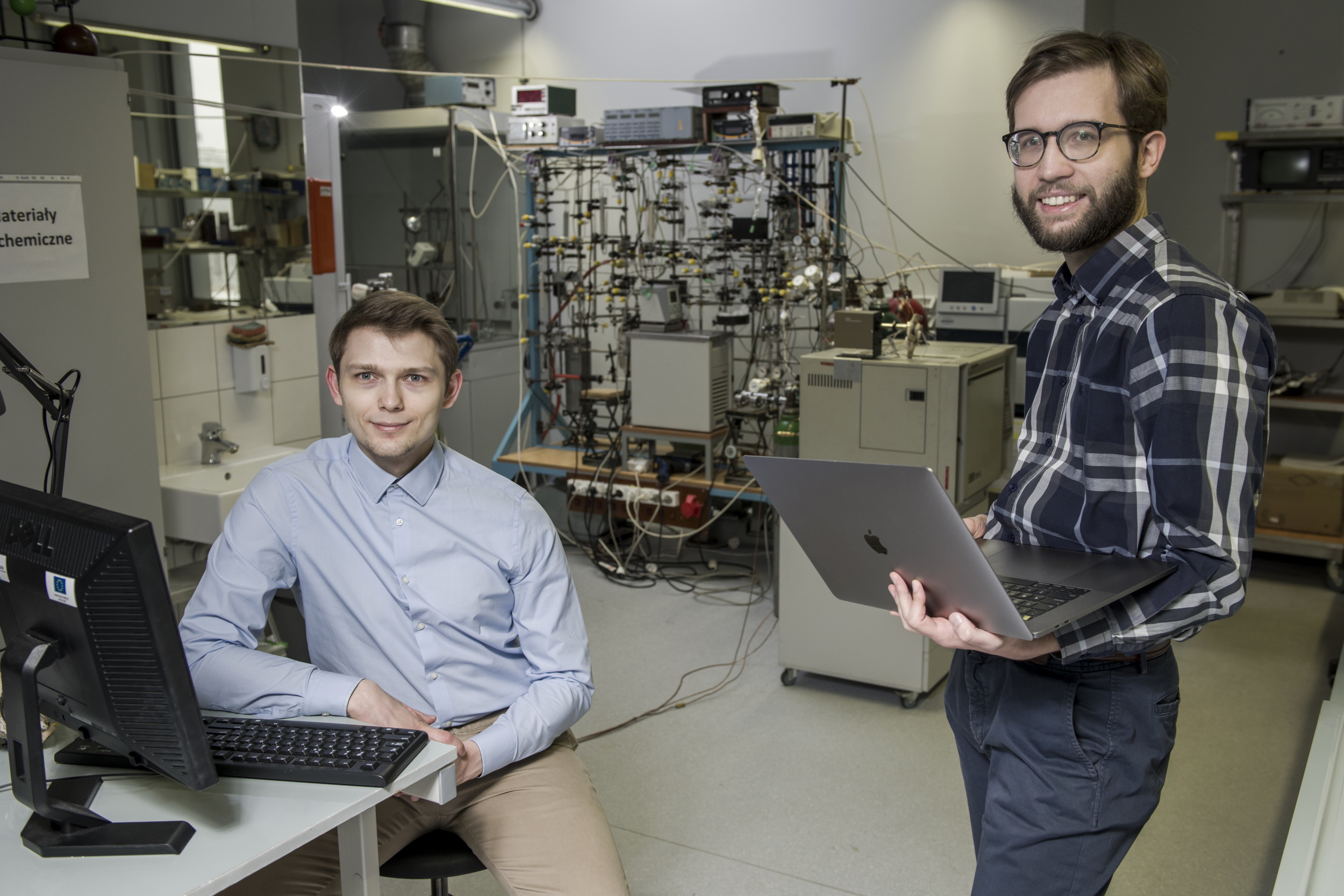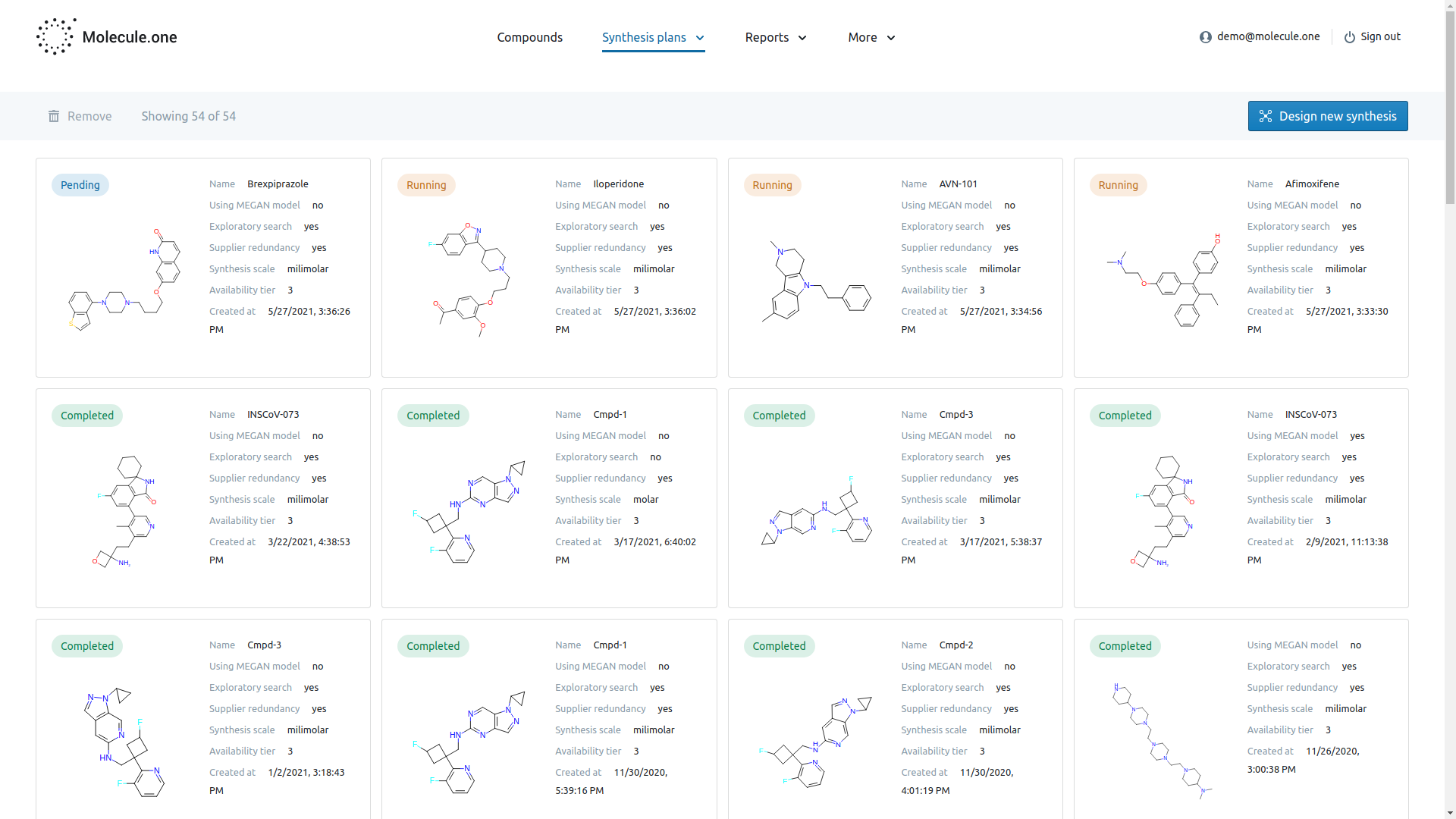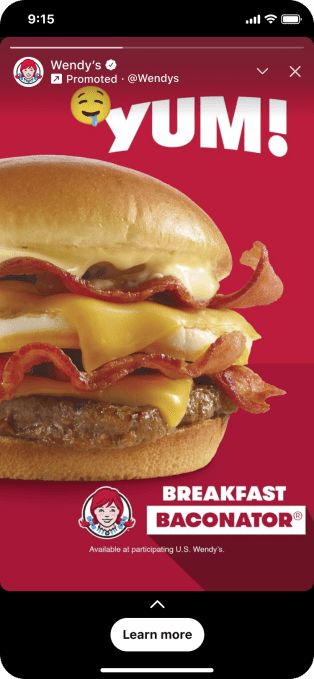The COVID-19 pandemic disrupted a lot in the world, and supply chains are no exception.
A number of applications that aim to solve workflow challenges across the supply chain exist. But getting real-time access to information from transportation providers has remained somewhat elusive for shippers and logistics companies alike.
Enter Project44. The 7-year-old Chicago-based company has built an API-based platform that it says acts as “the connective tissue” between transportation providers, third-party logistics companies, shippers and the systems. Using predictive analytics, the platform provides crucial real-time information such as estimated time of arrivals (ETAs).
“Supply chains have undergone an incredible amount of change – there has never been a greater need for agility, resiliency, and the ability to rapidly respond to changes across the supply chain,” said Jason Duboe, the company’s Chief Growth Officer.
And now, project44 announced it has raised $202 million in a Series E funding round led by Goldman Sachs Asset Management and Emergence Capital. Girteka and Lineage Logistics also participated in the financing, which gives project44 a post-money valuation of $1.2 billion. That doubles the company’s valuation at the time of its Insight Partners-led $100 million Series D in December.
The raise is quite possibly the largest investment in the supply chain visibility space to date.
Project44 is one of those refreshingly transparent private companies that gives insight into its financials. This month, the company says it crossed $50 million in annual recurring revenue (ARR), which is up 100% year over year. It has more than 600 customers including some of the world’s largest brands such as Amazon, Walmart, Nestle, Starbucks, Unilever, Lenovo and P&G. Customers hail from a variety of industries including CPG, retail, e-commerce, manufacturing, pharma, and chemical.
Over the last year, the pandemic created a number of supply chain disruptions, underscoring the importance of technologies that help provide visibility into supply chain operations. Project44 said it worked hard to help customers to mitigate “relentless volatility, bottlenecks, and logistics breakdowns,” including during the Suez Canal incident where a cargo ship got stuck for days.
Looking ahead, Project44 plans to use its new capital in part to continue its global expansion. Project44 recently announced its expansion into China and has plans to grow in the Asia-Pacific, Australia/New Zealand and Latin American markets, according to Duboe.
“We are also going to continue to invest heavily in our carrier products to enable more participation and engagement from the transportation community that desires a stronger digital experience to improve efficiency and experience for their customers,” he told TechCrunch. The company also aims to expand its artificial intelligence (AI) and data science capabilities and broaden sales and marketing reach globally.
Last week, project44 announced its acquisition of ClearMetal, a San Francisco-based supply chain planning software company that focuses on international freight visibility, predictive planning and overall customer experience. WIth the buy, Duboe said project44 will now have two contracts with Amazon: road and ocean.
“Project44 will power what they are chasing,” he added.
And in March, the company also acquired Ocean Insights to expand its ocean offerings.
Will Chen, a managing director of Goldman Sachs Asset Management, believes that project44 is unique in its scope of network coverage across geographies and modes of transport.
“Most competitors predominantly focus on over-the-road visibility and primarily serve one region, whereas project44 is a truly global business that provides end-to-end visibility across their customers’ entire supply chain,” he said.
Goldman Sachs Asset Management, noted project44 CEO and founder Jett McCandless, will help the company grow not only by providing capital but through its network and resources.






